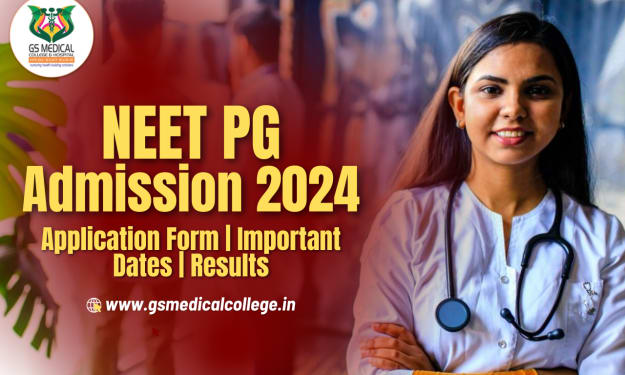
How healthcare is evolving with the help of AI/ML?
- Artificial intelligence (AI) technologies, which are increasingly being used in modern business and daily life, are also being used in healthcare.
- The use AI in healthcare could help healthcare providers in many aspects in the patient care and management processes, helping them improve existing systems and overcome challenges faster.
- Most AI and healthcare technologies have the potential to support healthcare professionals in many areas of the patient care and treatment process, helping them improve current solutions and overcoming challenges faster.
- While some articles on artificial intelligence in healthcare suggest that the usage of AI in healthcare may outperform human performance in certain procedures such as diagnosis, AI in healthcare replaces humans. It will also take many decades before a large number of medical tasks are performed by AI.
Benefits of AI/ML in Healthcare :
Data analysis and improve diagnosis: AI-enabled technology can evaluate data at a faster rate than that of any human, which include clinical tests, medical history, and genetic analysis that can aid healthcare professionals in determining a patient’s condition.
Administrative and routine tasks: Routine tasks such as record keeping, data management, and scan analysis, can be automated with AI. Without much time being spent on manual processes, healthcare professionals can allocate more resources to patient care.
Drug Development: Developing a new drug takes a lengthy time. It takes a lot of money and infinite hours of human labor. Only a small number of these medicinal drugs are deemed positive and acquire FDA approval. Pharmaceutical agencies have developed AIs that can predict drug efficacy, aspect effects, and success. AI-powered solutions can uncover the connections between genes, drugs, and diseases. It can additionally endorse new mechanisms for drug improvement by means of correlating one-of-a-kind diseases. Conducting chemical research and discovering functionally equivalent compounds with fewer side outcomes than the preceding one.
Fitness trackers and digital consultations: From wearable health tech, such as the fitness trackers to digital consultations through your smartphone. AI allows people to track their own health, while also providing healthcare professionals with necessary data.
How Optisol enhanced the ORM for healthcare practitioners and hospitals to provide better insights into patient’s experience:
- According to Deloitte, “In 2018, 53 percent said they were likely to use a tool to look up quality ratings for specific physicians or hospitals, but only 23 percent did so in the past year,” but this gap was shrinking. In my experience, their decision-making process for selecting new healthcare providers relies in part upon what other patients are saying about practices online.
- With consistent and positive reviews, a business can show prospective patients that current patients are satisfied with the practice’s care. Forbes mentioned that Healthcare businesses with a strong online reputation can also help curb a patient’s anxiety and send the message that they are to be trusted with their care.
- Optisol partnered with US-based start-up specializing in health care ORM to build a system using NLP and Machine Learning pipeline to analyze feedback from patients regarding their doctor’s visits. From the patient review, we extract entities, score them on the sentiment and rank the entities based on common positive and negative attributes. The result of the analysis is visualized in a dashboard.

- Trained a machine learning sentiment classifier to score entities as positive, negative, and neutral from historic data.
- Built a custom NLP pipeline to identify and extract hidden entities in the review text and extract the sentences associated with the entities.
- The text related to the hidden entities is scored using the trained classifier.
- Trained a model to detect and extract the most common positive and negative attributes that has the highest correlation with review sentiment.
- The entities are ranked across these common positive and negatives attributes.





Comments
There are no comments for this story
Be the first to respond and start the conversation.